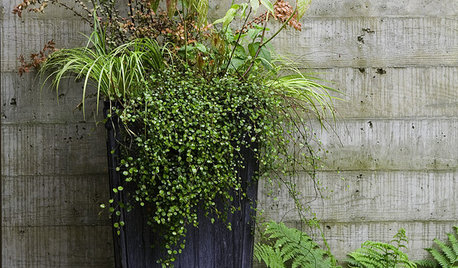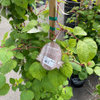Sarcococca experts!
Dave in NoVA • N. Virginia • zone 7A
9 years ago
Related Stories

GARDENING GUIDESThe Secret Formula for Grouping Plants in a Pot
Designing a gorgeous container garden is easy once you know this simple rule of thumb for composition
Full StorySponsored
Your Industry Leading Flooring Refinishers & Installers in Columbus
More Discussions







gardengal48 (PNW Z8/9)
Dave in NoVA • N. Virginia • zone 7AOriginal Author
Related Professionals
Mountain Brook Landscape Architects & Landscape Designers · Kaneohe Landscape Contractors · Mason Landscape Contractors · National City Landscape Contractors · North Potomac Landscape Contractors · Wichita Window Contractors · San Luis Obispo Window Contractors · Cincinnati Driveway Installation & Maintenance · Libertyville Driveway Installation & Maintenance · York Decks, Patios & Outdoor Enclosures · Ankeny Decks, Patios & Outdoor Enclosures · Green Bay Decks, Patios & Outdoor Enclosures · New York City Decks, Patios & Outdoor Enclosures · Spanaway Decks, Patios & Outdoor Enclosures · Verde Village Decks, Patios & Outdoor Enclosuresgardengal48 (PNW Z8/9)
Dave in NoVA • N. Virginia • zone 7AOriginal Author
Embothrium
Dave in NoVA • N. Virginia • zone 7AOriginal Author
gardengal48 (PNW Z8/9)
Embothrium
davidrt28 (zone 7)
davidrt28 (zone 7)
Embothrium
davidrt28 (zone 7)
Embothrium